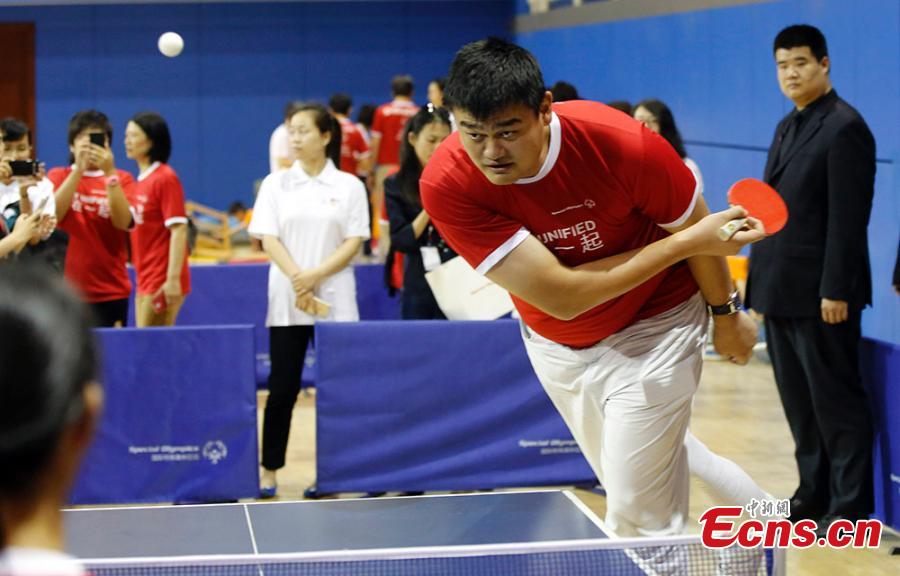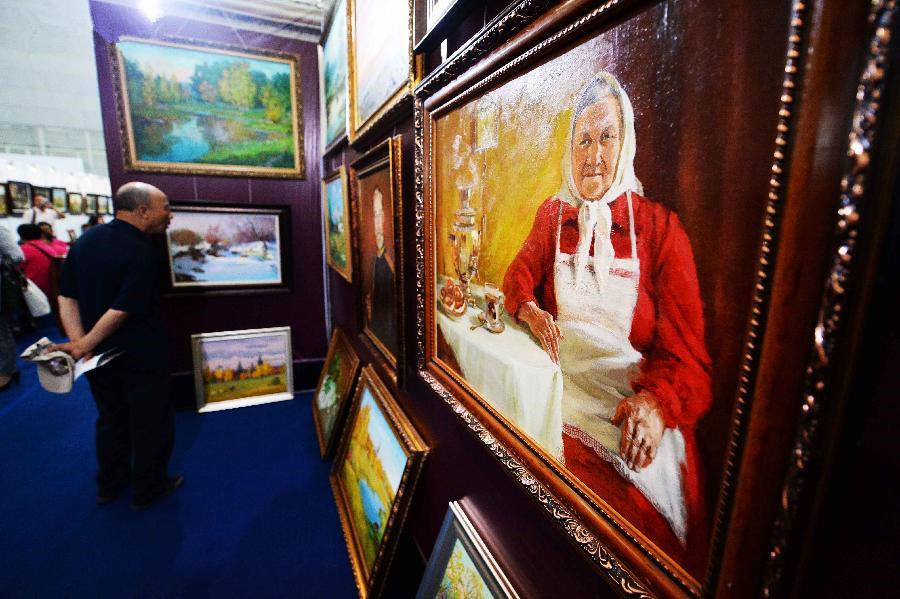(Ecns.cn)—The Qixi Festival, also known as Begging Festival, or Valentine's Day in China, falls on the seventh day of the seventh lunar month, which will come on August 6 this year.
In the past, Chinese grannies would remind children to raise their head to gaze at the stars on this evening. The children would then discover something magical and romantic going on in the sky. That is, Niu Lang, the Cowherd, and Zhi Nu, the Weaver Fairy, a couple separated by the girl's father, will meet at this time on a bridge of magpies across the Milky Way, according to the romantic legend handed down for nearly two millennia in China.
Because of this well-known love story, Chinese people believe that the star Vega, east of the Milky Way, is Zhi Nu, and her husband Niu Lang waits for her on the western side of the Milky Way, at the constellation of Aquila.
From generation to generation, single women in the old country have been told that if they pray on this day to Zhi Nu, the Weaver Fairy, they will find love and a happy marriage. Therefore, the festival has also been known as "Daughters' Day."
Traditional ceremonies
As the only Chinese festival devoted to love in the lunar calendar, Qixi Festival once was widely celebrated in the country in various forms and traditions, most of which were held to worship Zhi Nu.
Worshiping the Weaver Fairy
Worshiping the Weaver Fairy was solely a practice for girls and young women. Usually, they would make a plan to meet with their friends or neighbors, the number of which could be five to ten, and carry out the ceremony together. During the ceremony, they first put a table under the moon light, with items such as tea, wine, fruits, longan, red dates, hazelnuts, peanuts, and melon seeds. In addition, a bunch of flowers bound with red paper was inserted into a bottle, with a small incense burner in the front. The girls and young women would fast and bathe on July 7, and then go to the home where the ceremony would be held at a specific time. They burnt incense sticks and prayed one after another. Then all of them would sit down around the table eating peanuts and melon seeds, while they were contemplating their own wishes towards the Vega. The girls would often wish to be more beautiful, or to be married to satisfied men, while young women would expect to deliver intelligent kids soon. The ceremony would last until midnight.
Throwing needles to determine dexterity
As the most common way to celebrate the festival, throwing needles to determine dexterity was poplar in the Ming (1368-1644) and Qing (1644-1911) dynasties.
"Brief Records of Capital City" composed by Liu Dong and Yu Yizheng of the Ming Dynasty says, "At noon on July 7, people throw needles for dexterity. First, ladies put a basin of water under the sun at noon. Then, after some time, a water film forms on the surface. Next, ladies throw embroidery needles into the basin which will float on the surface. They can see the shadows cast by the needles on the bottom of the basin. If the shadow is like clouds, flowers, birds, beasts, etc., or like shoes, scissors, eggplants, etc., the person is deft."


















